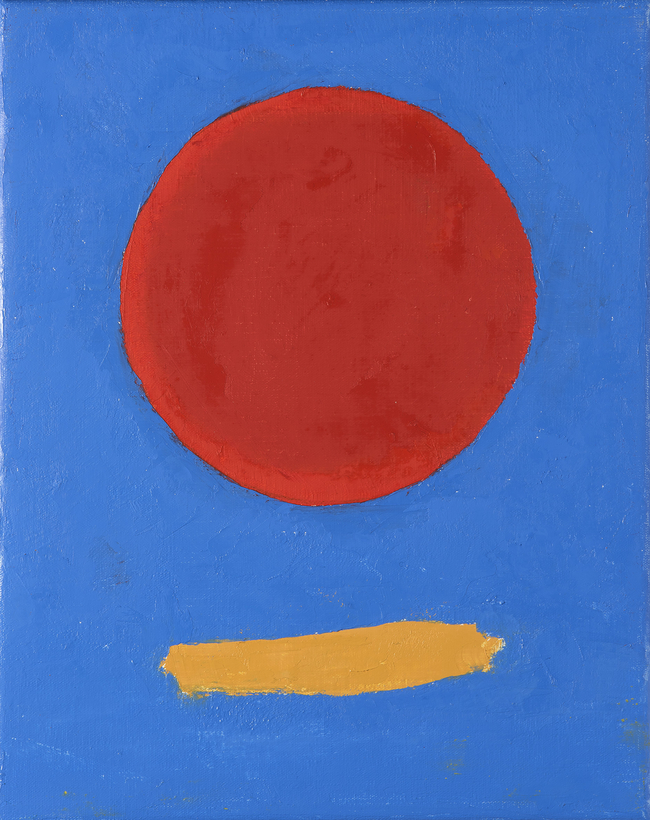It’s not unusual for artists to have their moment after death, but to have their moment at the moment of death? This is the case for Etel Adnan, the inspiring artist-writer who died this winter at the age of 96. As her audience, many of us are just beginning to uncover her richly productive career, which spanned several decades and embodied a wide range of media, including paintings, drawings, films, tapestries, prose, poetry, and accordion-fold art books. She worked quietly and prolifically across continents and languages.
It is surprising that Adnan’s visual art, until recently, has been largely overlooked; the art critic Hans Ulrich Obrist praises her as “one of the most influential artists of the 21st century.” That attention has landed with her current Guggenheim Museum exhibition, “Etel Adnan: Light’s New Measure,” closing January 10, and two Galerie Lelong & Co. exhibitions (on view simultaneously at their New York City and Paris galleries, starting this month). The Lelong exhibitions, both titled “Discovery of Immediacy,” feature Adnan’s monochromatic still-life paintings.

Etel Adnan was born in Beirut in 1925, was schooled in the 1950s at the Sorbonne and Harvard, and then moved to Northern California to teach philosophy. Soon after, she began painting while also immersing herself deeply in writing. Her 1977 novel on the civil war in Lebanon, Sitt Marie Rose, is considered one of the great literary works on the subject. She is the author of dozens of books in English, French, and Arabic, and has been highly esteemed among poets for decades.
Adnan’s paintings are known for their densely textured, vibrant colors, the paint having been applied directly to the canvas with a palette knife. The intense relationship between abstraction and representation is prominent. Adnan’s interwoven themes of war, love, self-imposed exile, and feminism often rhyme with the themes of natural phenomena: mountains, seascapes, sky. Her art is a reminder of all that is human, even in the face of trauma.

“Poetry has nothing to do with words,” she wrote, “but it needs them.” Recognizing the nuance of this claim is a useful key to unpacking Adnan’s oeuvre. There is a democracy in her use of materials—words, paint, textiles, film. They are all equals in contributing to a vision where the natural world resonates as a calming force against the catastrophes of war, injustice, and displacement. Even death itself is realized through the natural world, as evidenced at the end of one of her greatest poems, “The Spring Flowers Own”(1990): “A butterfly came to die / between two stones / at the foot of the Mountain / the mountain shed shadows / over it / to cover the secret of / death.” —Robert Fitterman
“Etel Adnan: Light’s New Measure” is on now at the Guggenheim Museum in New York
“Discovery of Immediacy” is on now across Galerie Lelong & Co.’s New York and Paris spaces


 Discover
Discover